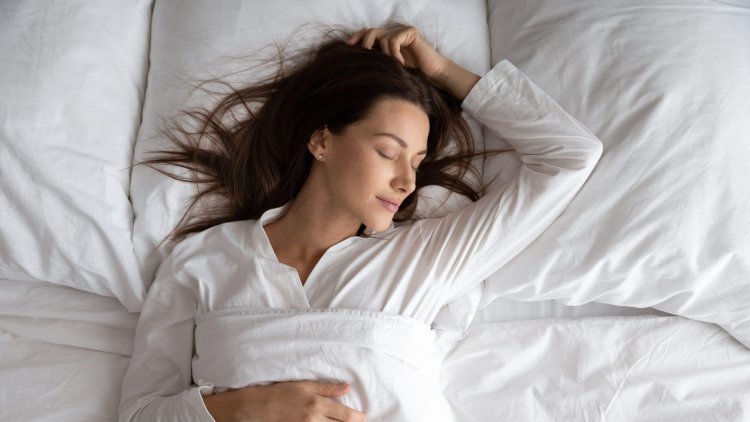In which position is healthiest to sleep?
We spend an average of 220,000 hours sleeping in life - which is a third of our life expectancy. It is also interesting that everyone has their own sleeping habits, and if they are a prerequisite for quality sleep.

We spend an average of 220,000 hours sleeping in life which is a third of our life expectancy. It is also interesting that everyone has their own sleeping habits, and if they are a prerequisite for quality sleep, find out below.
Which sleeping position is the healthiest?
1. Fetal position
This position means sleeping on your side with your legs bent towards your torso, in other words, sleeping like a baby or fetus. This position is great for pregnant women because it improves the circulation of the unborn baby and prevents the uterus from pressing on the liver. In addition, it can help reduce lower back pain and snoring. The fetal position allows the spine to rest in its natural position, and some research has shown that it could also be useful in preventing Alzheimer's and Parkinson's disease. If you sleep in this position, try to relax as much as possible as stiffness and excessive consciousness can cause breathing problems. For even better sleep, place a pillow between your knees.
2. Sleeping on your side
The supine position with outstretched legs proved to be a fairly healthy choice. Namely, in addition to reducing snoring, it is excellent for digestion and reducing heartburn.
As with the fetal position, you can improve sleep on your side by placing a pillow between your lower legs, which will help to straighten your hips and thus reduce low back pain. Care should also be taken to choose a sufficiently high head pillow as sleeping on your side can sometimes cause shoulder stiffness and lead to jaw clenching. The pillow should support your neck in such a way that the neck vertebrae are horizontal with the base.
3. Stretched on the abdomen
For some, sleeping on your stomach with your hands under a pillow or next to your body may be the most comfortable, but it is not the healthiest position. Apart from being able to reduce apnea (shallow or intermittent breathing that prevents restful sleep) and snoring, sleeping on your stomach has no other benefits. On the contrary, such a position can cause neck and back pain in some people and strain muscles and joints, which can cause feelings of pain and fatigue in the morning.
And if you can't or just don't want to avoid this position, it is recommended to use as thin and soft a pillow as possible so that the neck is not at the wrong angle. Not even a bad solution might be to throw out the pillow, which will prevent the possibility of airway obstruction. Place an extra pillow under your lower abdomen as this will reduce the pressure on your lower back.
4. On the back
Sleeping on your back protects your spine, can help relieve pain in your hips and knees, and reduce unnecessary pressure on your back and joints. When sleeping on your back, the pillow should be high enough to support the natural curve of the upper spine, and by choosing an anatomical pillow, neck and back pain can be avoided. It is also interesting that this position protects the facial skin from wrinkles, but on the other hand, it is not good for those who have problems with apnea and snoring. In addition to disturbing your sleep, but also the sleep of the person next to you, snoring can lead to thickening and problems with the carotid artery, which supplies blood to the brain, face and neck. For better sleep, put a pillow behind your knee as it can help maintain the natural curve of the back and relieve pressure on the spine.





























